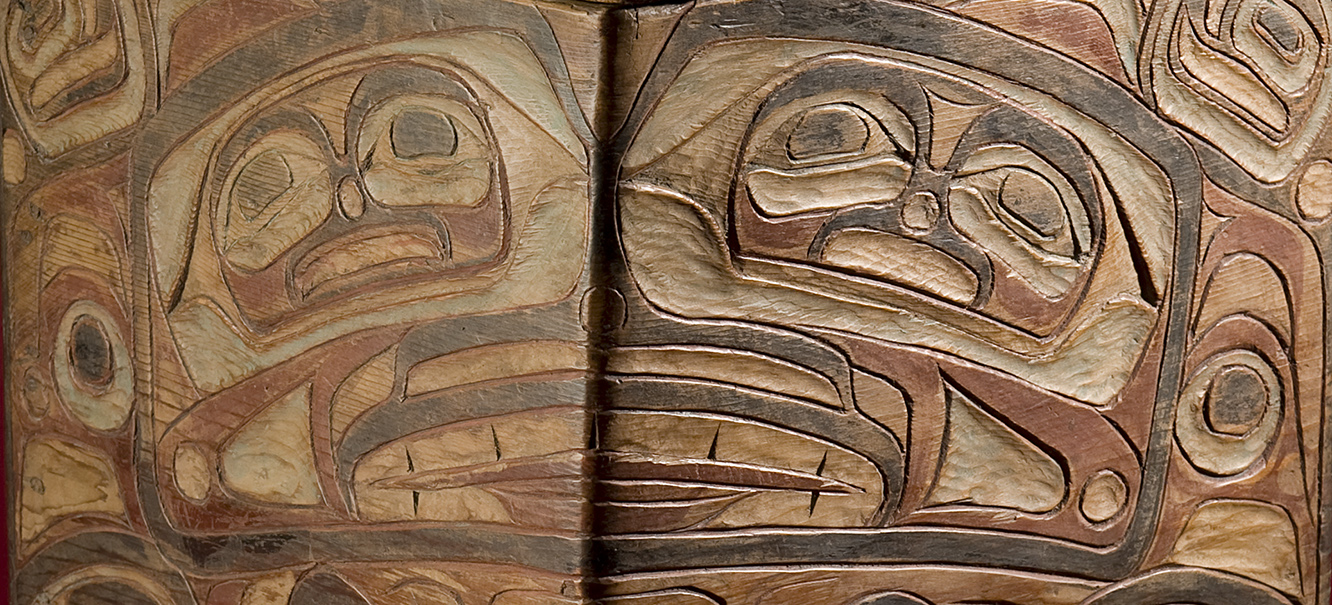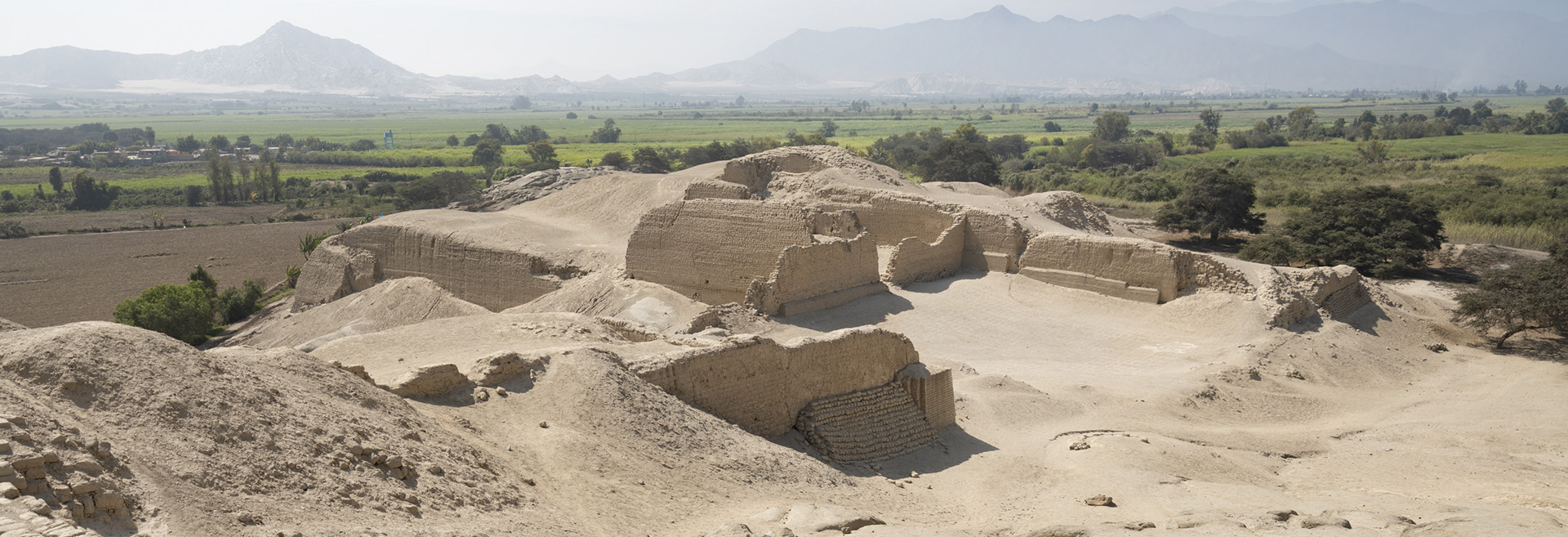What is cultural heritage conservation?
Cultural heritage conservators are responsible for the long-term care and stewardship of artistic, historic, and cultural materials guided by a code of ethics intended to protect the integrity and authenticity of works of art and cultural heritage. Conservators are professionals with advanced academic degrees in art conservation.
Conservators use observation, documentation, consultation, scientific analysis, and research to understand materials and methods of manufacture. This knowledge guides the care, handling, and treatments of collections. This process may lead to returning indigenous belongings to communities from which they originated.
The Avenir Conservation Center
An extraordinary anonymous gift is actively transforming the Avenir Conservation Center into an advanced conservation laboratory at the Denver Museum of Nature & Science and an entity that carries out expansive and inclusive projects. The work of the Avenir Conservation Center is guided by the mission and the vision.
Mission
Develop a facility that generates collaborative and innovative collections care and research; serves as a resource for other institutions and individuals; and mentors a new generation of conservators and museum professionals from diverse and wide-reaching backgrounds. We will join the forward-thinking people and organizations that model the changes we embrace.
Vision
The newly established Avenir Conservation Center is committed to compassionate and scholarly conservation initiatives that are deeply rooted in shared learning. We strive to model excellence as well as decenter historical perspectives on ownership, care, and preservation of belongings housed in museum collections by partnering with originating and descendant communities to amplify their beliefs and desires. We resolve to honor diverse cultural protocols during all phases of our work.

Staff
Casey Mallinckrodt, M.A.
Head Conservator
Megan Salas, MA
Objects Conservator
Kathleen Martin, MPhil
Textile Conservator
Katy Kaspari, MA, MSc
Objects Conservator
Ella Thomas
Conservation Assistant
Libby Couch
Business Support Specialist III
Frequently Asked Questions
Christensen, M., E. Larnøy, H. Kutzke, and F. K. Hansen. 2015. Treatment of waterlogged archaeological wood using Chitosan- and modified Chitosan solutions. Part 1: chemical compatibility and microstructure. Journal of the American Institute for Conservation 54(1):3–13.
Cronyn, J. M. 1990. Chapter 6: organic materials. Pages 238–295 in J. M. Cronyn. The elements of archaeological conservation. Routledge, London, UK.
Fink, J. K. 2017. Chemicals and methods for conservation and restoration: paints, textiles, fossils, wood, stones, metals, and glass. Scrivener Publishing, Hoboken, NJ.
Hocker, E., G. Almkvist, and M. Sahlstedt. 2012. The Vasa experience with polyethylene glycol: a conservator's perspective. Journal of Cultural Heritage 13S:S175–S182.
Hoffmann, P. 2001. The conservation of the Bremen Cog—the final years. Proceedings of the 8th ICOM Group on Wet Organic Archaeological Materials Conference, Stockholm 2001.
Johnson, K. R., I. M. Miller, J. S. Pigati, and the Snowmastodon Project Science Team. 2014. Introduction to the Snowmastodon Project special volume: the Snowmastodon Project. Quaternary Research 82(3):473–476.
Miller, D. M., I. M. Miller, and S. T. Jackson. 2014. Biogeography of Pleistocene conifer species from the Ziegler Reservoir fossil site, Snowmass Village, Colorado. Quaternary Research 82(3):567–574.
Parrent, J. M. 1985. The conservation of waterlogged wood using sucrose. Studies in Conservation 30(2):63–72.
The Care and Preservation of Historical Brass and Bronze, by Clara Deck, Senior Conservator, The Henry Ford













